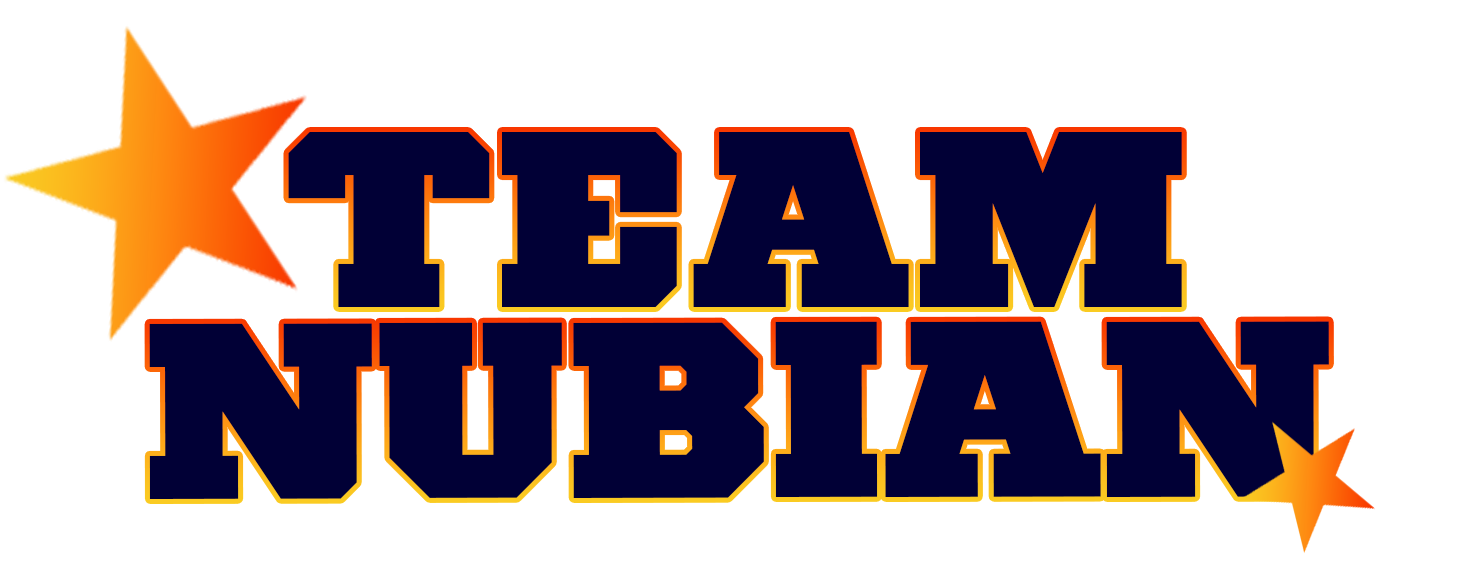INTEGRATION AND THE END OF THE NEGRO LEAGUES
By that point, the push to integrate major league baseball was slowly gaining steam. In 1942, former UCLA athletic star Jackie Robinson and another black player named Nate Moreland were granted a cursory workout with the Chicago White Sox. The 1944 death of Baseball Commissioner Kenesaw Mountain Landis, a strict segregationist, provided another opening, and in 1945 sportswriters engineered tryouts for Negro Leaguers with the Brooklyn Dodgers and Boston Red Sox, the latter again involving Robinson.
As it turned out, Dodgers general manager Branch Rickey was already scouting African Americans, ostensibly for a new Negro league but in reality for his major league team. He forged a secret arrangement with Robinson in August 1945, and shook the baseball world with his official announcement in October.
Following an outstanding season with the minor league Montreal Royals in 1946, Robinson officially integrated major league baseball by manning first base for the Dodgers on April 15, 1947. On July 5, former Newark Eagles star Larry Doby became the second black big leaguer by suiting up for the Cleveland Indians. Three more appeared in the majors by the end of the year, and the following season, after signing the now-42-year-old Paige, Cleveland went on to win the World Series.
The successes of Robinson, Doby and other African Americans like Roy Campanella and Monte Irvin drew the attention of black communities and drained the Negro Leagues of its fan base. The Negro National League disbanded in 1948, and the Negro American League limped through the 1950s, its attempts to sign white players and women having little lasting impact on the turnstiles.
In the meantime, major league baseball was proving slow to change; as late as August 1953, only six of its 16 teams were fielding black players. However, the historic accomplishments of young stars like Willie Mays, Hank Aaron and Ernie Banks soon prompted organizations to change their ways, and in 1959, the Red Sox became the last major league team to integrate with the addition of infielder Elijah “Pumpsie” Green.
The following year, the Negro American League folded. Some longtime clubs like the Monarchs attempted to stay afloat, but the combination of lower-grade talent and strengthening of major sports franchises led to their extinction through the decade, with only the Indianapolis Clowns managing to survive as a traveling team until ceasing operations in 1989.

Source Wikipedia





